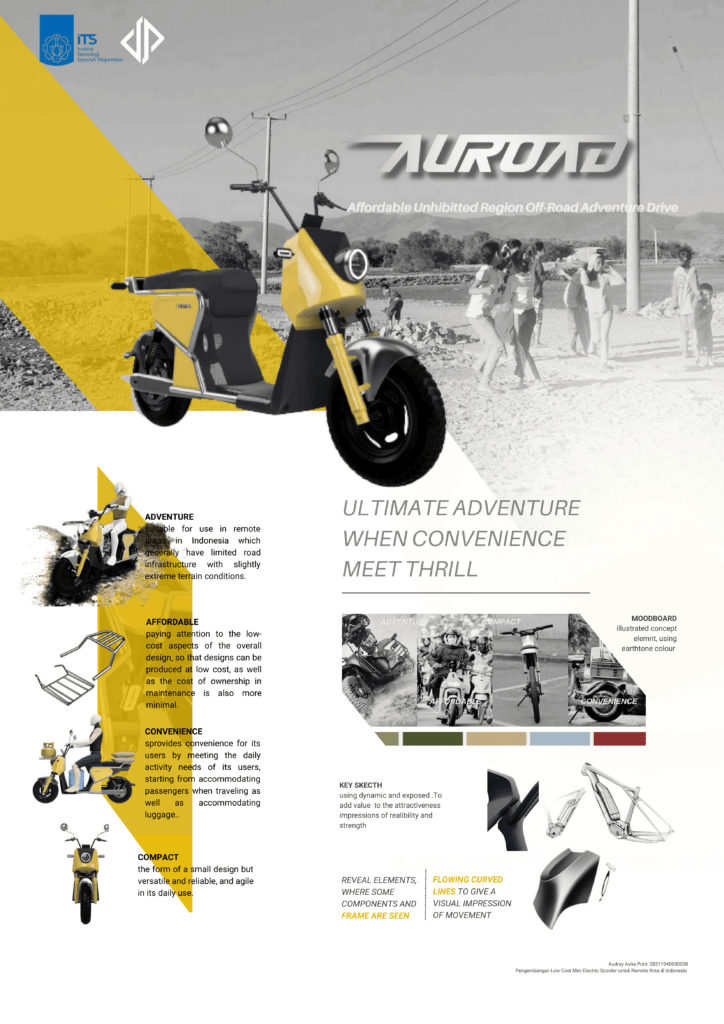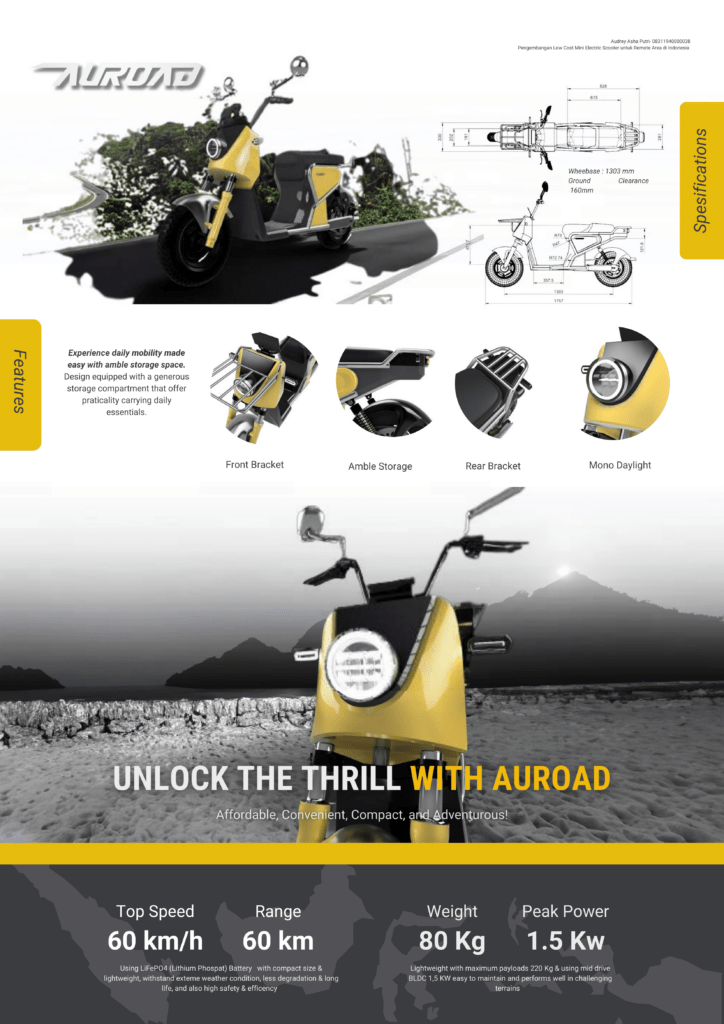

The increase in the number of motorized vehicles in Indonesia continues to increase and is directly proportional to the increasing need for fuel oil, as the main fuel for conventional vehicles. However, world oil prices continue to skyrocket due to dwindling supplies and Indonesia is only able to produce 1/2 of the total national fuel needs, which causes high fuel prices in several areas, especially in remote areas and far from city centers (remote areas). As a solution, the government, through the Ministry of Energy and Mineral Resources, is accelerating the conversion of ICE (Internal Combustion Engine) vehicles to BEV (Battery Electric Vehicles), but the current number of electric vehicles is only 31,287 units from the target of 15 million electric vehicles in 2030. The low number of electric vehicle units is motivated by high production costs which lead to high selling prices for electric vehicles. The condition of the relatively low per capita income of US$4,300 per head means that producers must be able to make relatively affordable prices. Development of low-cost mini electric scooters for remote areas in Indonesia, using the design thinking method with an approach to ethnography of remote area communities by conducting observations and interviews to understand the needs, challenges and preferences of the community regarding the social, economic, cultural context and transportation needs of the community in the area. Therefore the development of low-cost mini electric scooters for remote areas in Indonesia can produce solutions that focus on user needs, according to the local context, and have the potential to have a positive impact in increasing mobility, accessibility and quality of life for people in the area.
